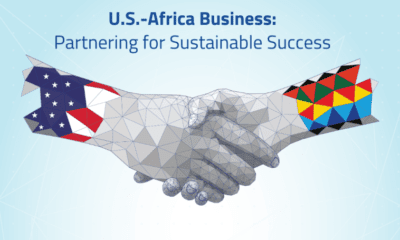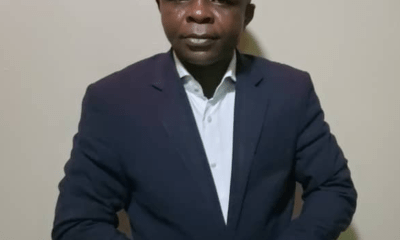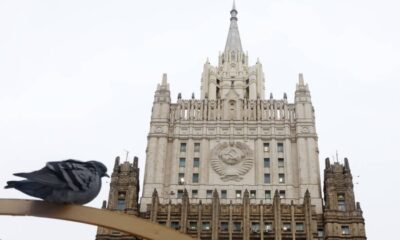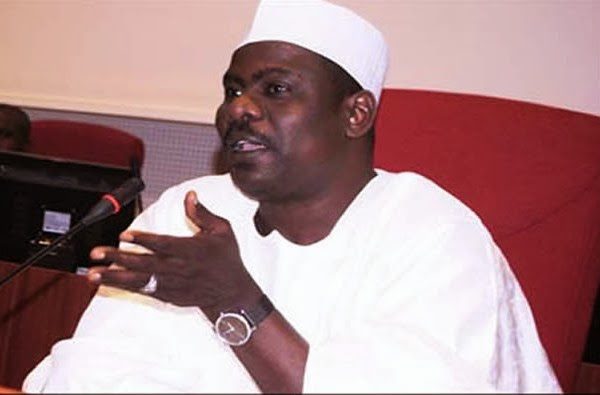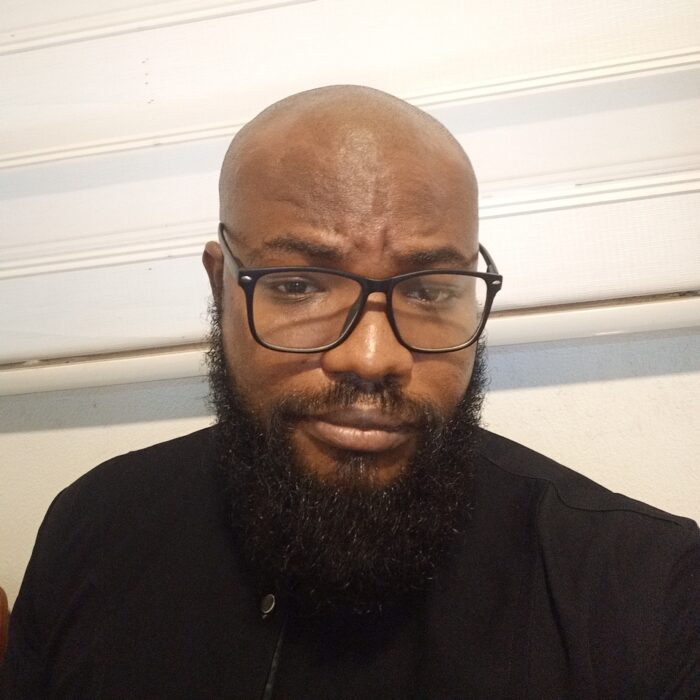Breaking News
How two school dropouts from Kenya created prosthetic arms for the disabled
The two talked about their experience before starting on the innovation, stating that they had to leave college early due to the high cost of tuition, but they refused to let the difficulties stop them from pursuing their dreams.
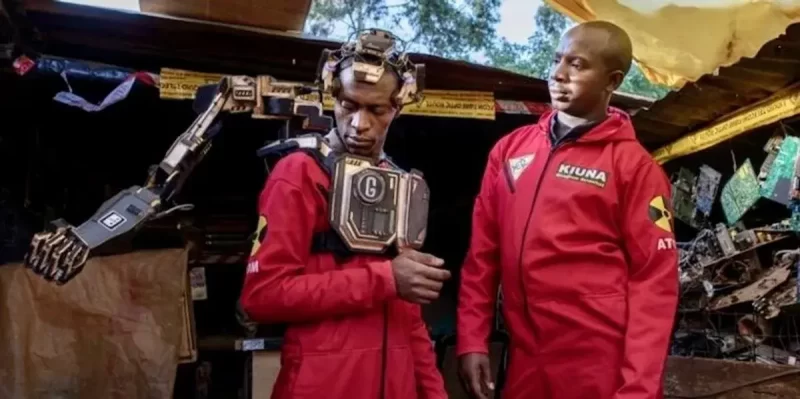
By utilizing leftover materials, two young Kenyan inventors have created bio-robotic prosthetic arms that will assist the physically challenged live better lives in 2021.
When David Gathu and Moses Kiuna created a bio-robotic prosthetic arm to aid those who had lost limbs, they were both 29 years old.
The two talked about their experience before starting on the innovation, stating that they had to leave college early due to the high cost of tuition, but they refused to let the difficulties stop them from pursuing their dreams.
Gathu and Kiuna, who live in Kiambu County in Kikuyu, Kenya, north of Nairobi, realized their aim of using a workshop to support their community.
The workshop, according to Face to Face Africa, was essentially a hut constructed out of rusty and worn-out iron sheets situated adjacent to a chicken coop.
The ground outside the shop and the interior were virtually indistinguishable due to the gravel surface, and the window frame was fitted with shattered brown glass that was taped all around.
Brain signal bio-robotic arm
The invention’s status as the first bio-robotic arm driven by brain signals was another noteworthy feature. The brain-signaling-controlled device has been heralded as a game-changer for the disabled population in Kenya.
The creation of Gathu and Kinyua was distinct from typical prosthetic technology, which is driven by the user’s muscles.
The arm works by converting brain signals into an electric current by a “NeuroNode” biopotential headset receiver. NeuroNode biopotential was originally invented to help people suffering from paralysis and speech loss.
Also, the inventors narrated that the idea to develop an electronic prosthetic came to them during the pandemic as part of their contribution towards assisting Kenya to battle the pandemic. It was initially created to help COVID-19 sanitisation efforts.
“When the virus hit our country, we decided to create a machine that could help us decontaminate surfaces. It can also be used in schools, restaurants, hospitals,” Shoppe Black quotes Kinyua as saying.
Using waste products
According to a report by Anadolu Agency, the Kenyan inventors solved two problems with their innovations, first, by using waste products to make the environment clean and safe, and helping a community of people living with disabilities.
“People throw away a lot of things that are harmful to the environment just because they don’t work. If they don’t work, it might be just one component that’s faulty but all the other components still work and can be recycled,” Gathu said.
“We’ve recycled everything that you see here. They throw it away, we pick it up and use it. This has saved us from spending a lot of money because we’re not backed up financially by anyone to come up with our innovations.”
They picked up “junk” that people threw away – things like plastic, rubber, wiring, old computer motherboards, LED lights, USB devices, switches, optical drives, heat sinks, fans, and power supply units – components that they say could be quite expensive to purchase from a shop.
Helping the community
Speaking about the physically challenged people, he said, “The main reason we came up with this is to help people in our community who have lost their limbs. We don’t want these people to feel like they can’t do anything, we want them to be dependent on themselves.”
The arm can do many more tasks. They say they are still perfecting their device, but lack of funds has been a challenge.
David Mathenge from the Association for the Physically Disabled of Kenya (APDK), a charity NGO, says: “Such inventions are the future of the science of artificial limbs. This is the science we need to ease the challenges people with disabilities face.”

